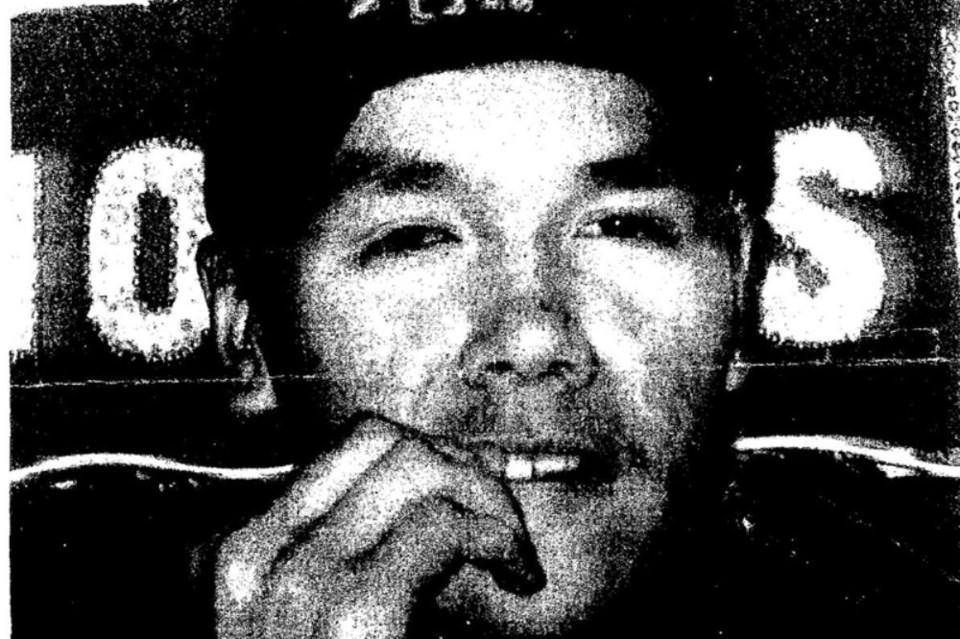THUNDER BAY – The city police made a number of missteps while investigating the missing person case of Jethro Anderson in 2000, says the lawyer representing Nishnawbe Aski Nation.
Anderson, a 15-year-old from Kasabonika Lake First Nation, was found dead in the Kaministiquia River on Nov. 11, 2000 nearly two weeks after he was last seen along the boardwalk in the Kam River Lookout area.
On Thursday at a coroner’s inquest probing the death of Anderson, as well as the deaths of six other students from remote First Nations who were attending school in Thunder Bay between 2000 and 2011, former Thunder Bay Police Service criminal investigations branch Det. Sgt. Wayne Shorrock testified about the investigation into Anderson’s disappearance.
On Oct. 28, 2000 Anderson and a group of friends had been drinking for a number of hours before heading to the Kam River Lookout. He was last seen intoxicated along the boardwalk of the river.
His aunt and boarding home host previously testified she filed a missing person’s report on Oct. 29, which was taken by the police’s front desk staff member at about 8:20 p.m.
The criminal investigation branch was involved in the case starting on Nov. 4 and a volunteer dive team first became engaged in the search on Nov. 9, leading to his body being pulled from the river two days later four feet from the walkaway where Dock Street and Duncan Street converge.
NAN lawyer Julian Falconer identified three aspects of the police investigation that he felt were “less than ideal.”
“There is a serious systemic issue that is troubling the communities and leadership in this city about the police tendency to default in terms of how they treat these investigations,” he told TBT News during a lunchtime break interview. “To default to a drowning and liquor scenario literally almost automatically and all you saw today was the uncomfortable reality coming out through the facts.”
While cross-examining Shorrock, Falconer first pointed to the nearly week-long delay from the initial filing of the missing person case until when criminal investigators began their probe was an example of the police service not utilizing proper resources and expertise expediently.
Falconer also said a racially insensitive remark allegedly made by an officer to the aunt of Anderson that the teen was likely out partying indicates the possibility the police force was not taking the disappearance seriously.
He produced a media release issued by the police upon identifying Anderson’s body and before a post mortem had been conducted which announced foul play was not considered likely, though Shorrock admitted that determination should not be made until after an autopsy was performed.
Shorrock responded that missing person cases of children between the ages of 12 to 15 who have never disappeared before is top priority. He acknowledged Anderson previously running away for three days about a year prior would make the investigation not as urgent.
The detective sergeant also said he did not know which officer made the alleged comment and despite the media release, investigators had not ruled out foul play as a potential factor.
Despite concerns Anderson had ended up in the water, a significant amount of time had passed before officers focused on the river. Shorrock said investigators had been receiving reports of potential sightings of Anderson all over the city.
It wasn’t until a man contacted police about a hat found at the park he recognized Anderson wearing in a missing poster that investigators increased efforts along the river.
Shorrock said the investigation was conducted with the hope Anderson would be found alive.
“We didn’t know at that time he was definitely deceased,” he said. “For me I want to operate under the premise there’s good news and we’re going to bring somebody home to their parents.”
While the Anderson case happened 15 years ago, Falconer points to recent events in the city as a sign that nothing has changed.
He cited the recent case of 41-year-old Stacey Lance Debungie, who was found dead in the McIntyre River on Oct. 19. The police force issued a media release that day declaring foul play to not be suspected, despite the lack of a post-mortem examination.
“First Nations deaths and the way they are investigated cause grave concerns. The optics are terrible with how these cases are treated,” Falconer said.
“From what I’m seeing families have every reason to be concerned. I think there’s hope with this new police leadership. I think there’s hope that change can happen. I think NAN is extremely dedicated to working with police but the truth-telling function of this process has to happen and the acknowledgement of deficiencies has to happen. You can’t fix things if you don’t identify what’s broken and speak to why it’s broken.”
